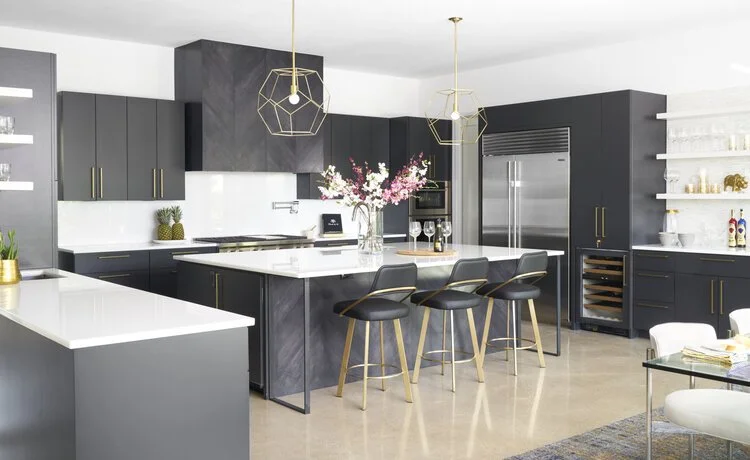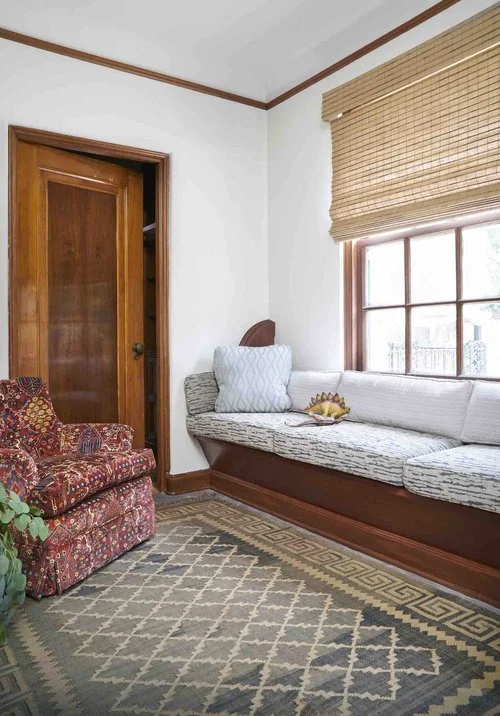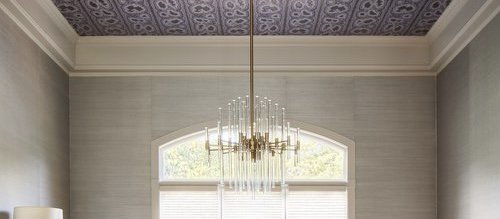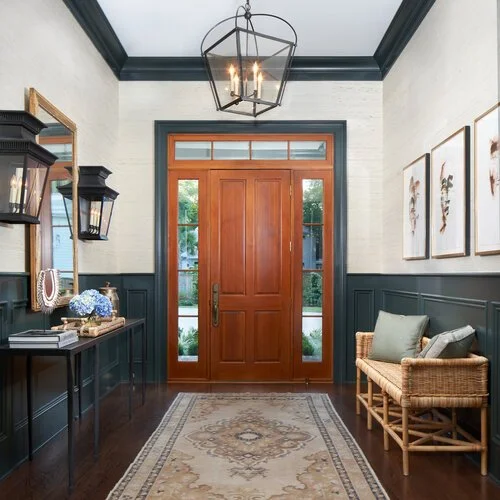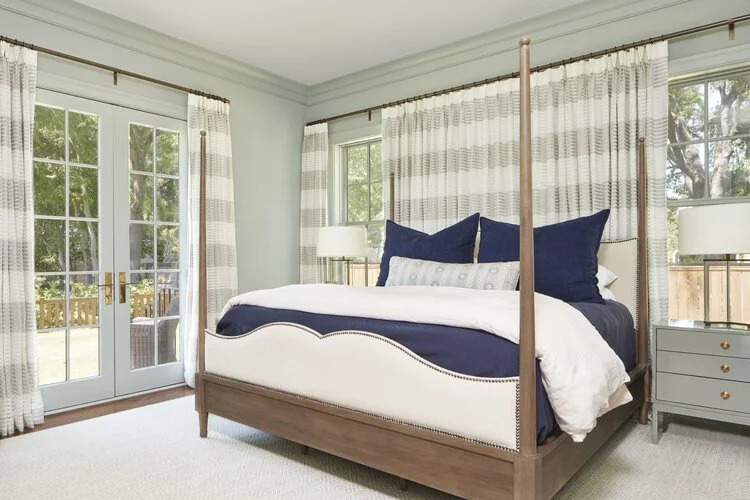How to Choose the Right Crown Molding for Your Home
Our Austin Architects Review Different Crown Molding Styles, Materials, and Application Considerations
Like the icing on a cake, crown molding is a beautiful finishing detail that adds to the beauty and style of your space. But do you know how to choose the right crown molding for your home? Our Austin architects review the top crown molding considerations from style to material to size to help you make the best decision. Let’s dive into our crown molding guide!
What is Crown Molding?
Crown molding is a type of millwork that bridges the point where the ceiling and wall meet. While it’s a purely decorative feature, crown molding is a critical detail that accentuates the architectural style of your home. Options vary in width and range from simple to ornate profiles.
Is Crown Molding Right for My Home?
You’ve probably noticed that not every home or room has crown molding. So you may be wondering if it’s right for your home. Crown molding comes with many design benefits. It helps draw the eye up, elongate your space, and convey an overall style. It also provides a definitive break between the wall and ceiling, allowing the opportunity to apply different textures, materials, or colors without a messy meeting point.
Because crown molding is more decorative than functional, your decision to install it in your home will come down to design aesthetics. Some styles rely on crown molding, especially transitional architecture. However, many modern designs forgo crown molding in favor of clean, minimalist corners.
If you do choose to have crown molding in your home, it's important to familiarize yourself with the various material and style options, as well as considerations of proportion and scale.
Crown Molding Material Options
There are many types of crown molding out there. Here are some of the most popular materials to consider.
Wood
Solid wood is a classic and timeless crown molding material that offers the versatility of being either painted or stained.
Plaster
Plaster crown molding is a more custom option with a higher price point. However, it provides endless opportunities for ornate cast details.
MDF
MDF or medium-density fiberboard is a lower-cost alternative to solid wood moldings. However, unlike wood, this material cannot be stained.
Flex
Flex crown moldings are made from pliable polyurethane, making them an excellent option for installations around curved walls.
Crown Molding Styles
There are limitless options when it comes to crown molding styles. You can have custom profiles milled to order, use molds to cast unique details, or combine stock moldings for a one-of-a-kind look. Here are a few of the most popular styles to get you started.
Traditional
Traditional molding profiles have an S-curve profile, often accented with a small bead trim at the base. These are flexible across various design styles, from transitional to Tuscan.
Step
Rather than a sweeping curve, step moldings feature a strong angular design named after their stepping pattern. These provide a more modern or even Art Deco look, depending on the application.
Dentil
Dentil moldings have a repeated block pattern along the base, typically associated with Colonial architecture.
Egg and Dart
Egg and dart moldings feature a repeating oval pattern, creating a more ornate and formal feel. These are often seen in older Victorian homes.
Cove
Cove moldings offer a simple design featuring a curved slope that extends far along the ceiling. These can be seen in older homes but are becoming a popular modern design feature.
Additional Crown Molding Trim Pieces
You can build crown molding up with additional trim pieces for an even more substantial look. Here are a few crown molding add-ons to consider in your design.
Frieze
Frieze is a band molding that runs under the crown to create a larger profile. It can feature ornamentation or a simple, clean design.
Corner Block
Corner blocks sit in the corner where two crown molding pieces meet. They are seen in Colonial and Craftsman designs. They add character and eliminate the need for angled crown cuts during installation.
Decorative Trim
Bead, rope, Greek key, and other decorative trim profiles can be added to further extend the crown molding profile and incorporate more detail.
Picture Rail
A picture rail is a small piece of molding that allows pictures to be hung without nailing directly into the wall. Typically, picture rails are installed between 7 and 9 feet from the floor, running a few inches below the crown molding.
Painted Crown Molding vs. Stained Crown Molding
Should you paint or stain your crown molding? If you selected plaster, MDF, or flex moldings, your only option is to paint. White is a popular crown molding and trim color. However, your palette is limitless. You could opt for a darker accent than the wall for a dramatic effect or carry the same wall color across the trim and ceiling for a monochrome look.
If you selected solid wood moldings, then you have the option to stain. Stained trims offer an old-world and refined look. It’s an excellent option for rooms with other stained elements, like paneling or built-in bookshelves. However, it’s important to remember that not all woods are created equal. If you want the stained look, you need to plan ahead with your architect and build team early in the design process so they can make the right selection.
What Size Crown Molding is Right for My Space?
Many factors will influence the size of your crown molding, including ceiling height, budget, and personal preference. Here are a few factors to consider when making your selections.
Formality
The larger the crown molding, the more formal the feel. Living spaces typically have a larger crown, while bedrooms and bathrooms have a smaller profile. This is also because living areas tend to be larger than bedrooms and can accommodate a larger scale.
Proportions
The proportions of your space and other elements in the room will be the biggest factor in picking the right crown molding. Larger rooms with taller ceilings typically call for a larger crown molding profile. Some designers recommend crown that’s 7% the size of the wall height. Others recommend selecting crown, casing, and trim that's 50% the size of the baseboard. These aren’t formal rules, and the decision will ultimately come down to your space and style.
Architecture
The architectural style of your home will significantly influence the size and design of your crown molding. For example, formal styles like Victorian feature more ornate and oversized moldings, while casual styles like mid-century modern have smaller profile trims. Research the history of your home’s architecture to find crown molding inspiration.
Choose Crown Molding That Reflects Your Style
You have many options to consider when it comes to crown molding, which means you have a great opportunity to use this design detail to express your personal style. If you need help narrowing down trim profiles or selecting the right size, reach out to our team of Austin architects. We’d be happy to help.


